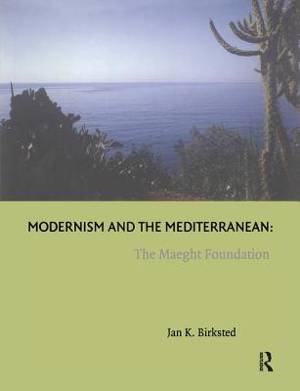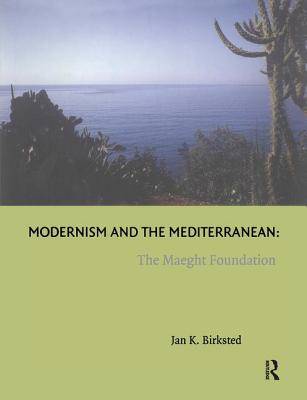
- Afhalen na 1 uur in een winkel met voorraad
- Gratis thuislevering in België vanaf € 30
- Ruim aanbod met 7 miljoen producten
- Afhalen na 1 uur in een winkel met voorraad
- Gratis thuislevering in België vanaf € 30
- Ruim aanbod met 7 miljoen producten
Zoeken
€ 67,95
+ 135 punten
Uitvoering
Omschrijving
Situated in a Mediterranean landscape, the Maeght Foundation is a unique Modernist museum, product of an extraordinary collaboration between the architect, José Luis Sert, and the artists whose work was to be displayed there. The architecture, garden design and art offer a rare opportunity to see work in settings conceived in active collaboration with the artists themselves. By focusing on the relationship between this art foundation and its Arcadian setting, including Joan Miró's labyrinth, George Braque's pool, Tal-Coat's mosaic wall and Giacometti's terrace, Jan K. Birksted demonstrates how the building articulates many of the ideas that preoccupied this group of artists during the culminating years of their lives. The study pays special attention to the ways in which architecture can shape the experience of time, and addresses the Modernist desire for wilderness and its problematic roots in the classical Mediterranean ideal. In showing how the design of the Maeght Foundation is a Modernist representation of Mediterranean culture, the author has developed an interpretation of architecture that accommodates not only the architect's handling of material or function, but shows as well how it can be the embodiment of a particular vision of space and time.
Specificaties
Betrokkenen
- Auteur(s):
- Uitgeverij:
Inhoud
- Aantal bladzijden:
- 224
- Taal:
- Engels
- Reeks:
Eigenschappen
- Productcode (EAN):
- 9781138279360
- Verschijningsdatum:
- 27/02/2017
- Uitvoering:
- Paperback
- Formaat:
- Trade paperback (VS)
- Afmetingen:
- 189 mm x 246 mm
- Gewicht:
- 409 g

Alleen bij Standaard Boekhandel
+ 135 punten op je klantenkaart van Standaard Boekhandel
Beoordelingen
We publiceren alleen reviews die voldoen aan de voorwaarden voor reviews. Bekijk onze voorwaarden voor reviews.











